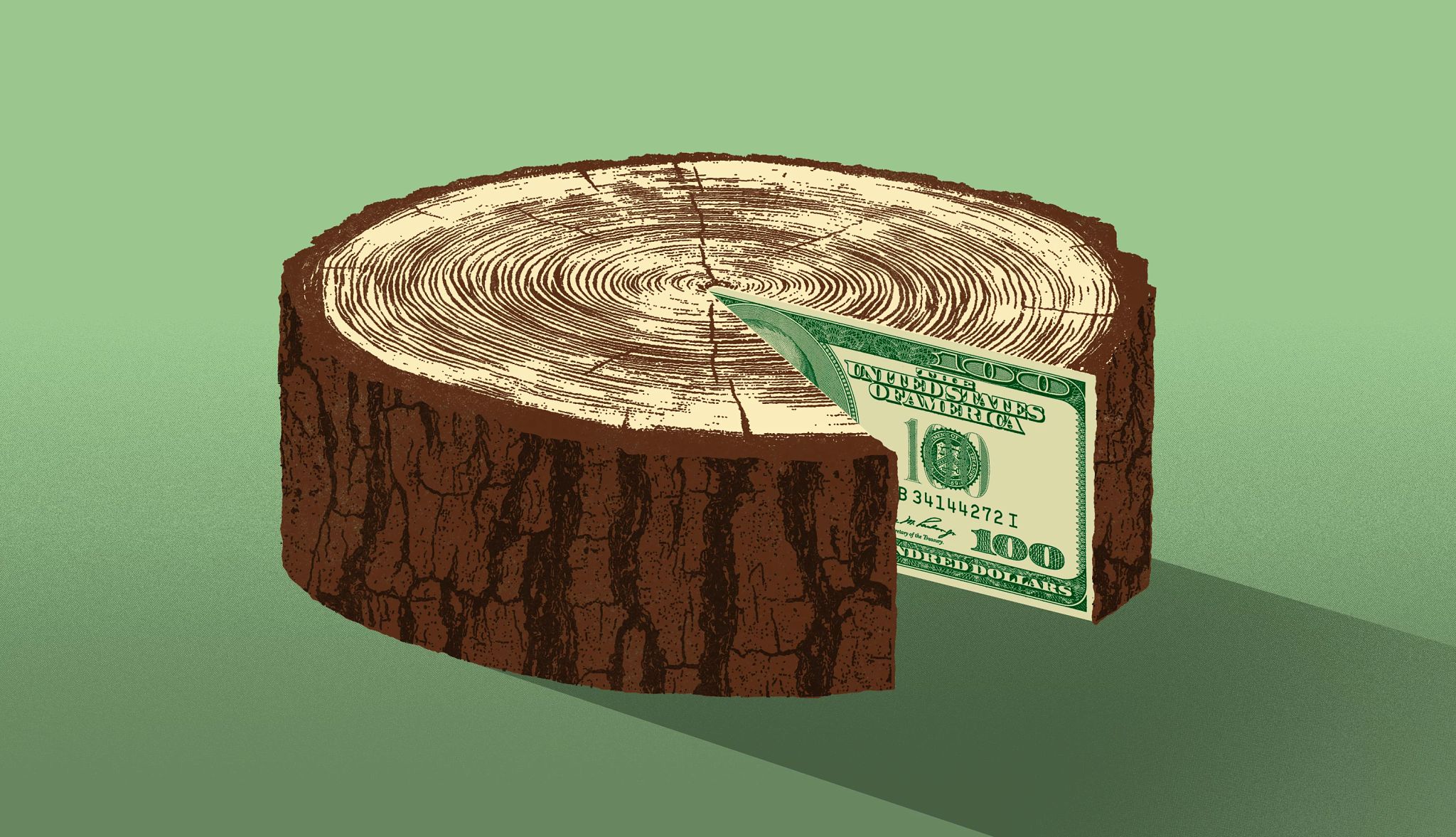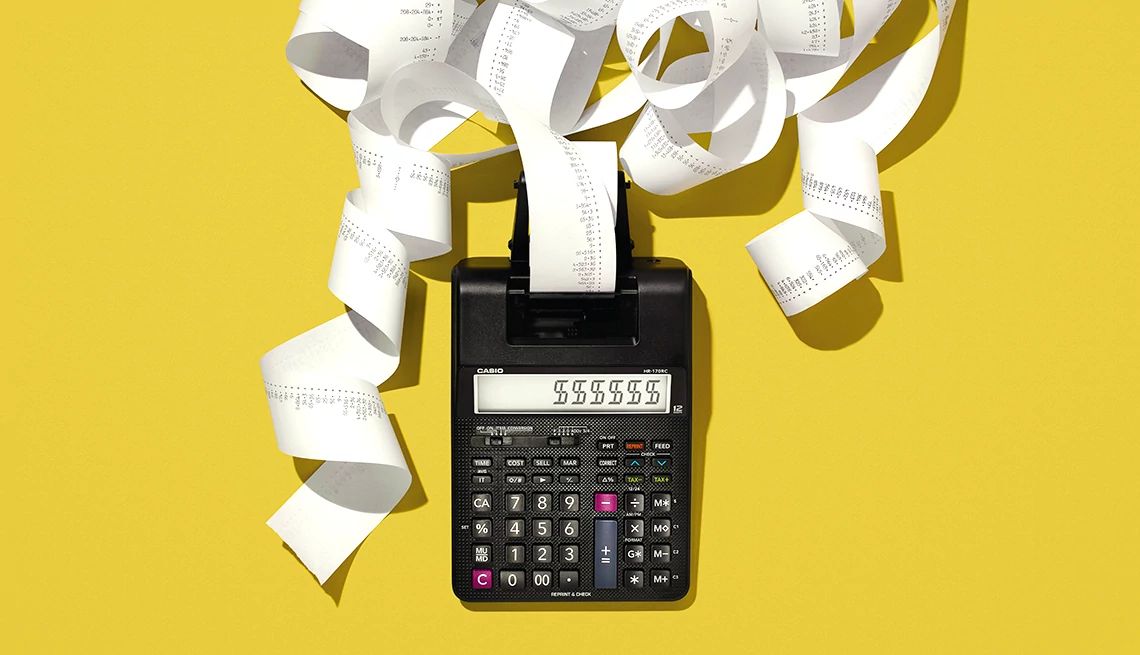AARP Hearing Center
Whether you invested in stocks, real estate, precious metals or even cryptocurrency, 2024 was likely a good year for you.
The S&P 500 stock index rose more than 23 percent, and the Nasdaq Composite Index, which is largely made up of technology companies, surged nearly 29 percent. Gold prices climbed more than 25 percent to hit record highs. The median sales price of homes also broke records, reaching $407,500. Bitcoin investors did particularly well — the price of the popular cryptocurrency soared nearly 125 percent last year.
But if you cashed in on any of your good fortune, brace yourself — you could be in line for a big tax bill.
“As excited as you are about the profits in your portfolio, the IRS is probably just as excited, knowing that investors are going to have to pay capital gains on those profits,” says Jonathan Lee, a senior vice president and investment adviser at U.S. Bank Private Wealth Management.
When you sell an asset such as a stock, a bond or a home, the profit you make — minus the cost basis, which is essentially the original price you paid — is considered a taxable capital gain. To give you an idea of how big a bite the IRS will take from last year’s investment gains, here’s a primer on 2024 capital gains tax rates for assets ranging from stocks to silver.
Retirement distributions
If you’re 59½ or older and withdrew money from a tax-deferred retirement account, such as a traditional individual retirement account (IRA) or 401(k), you’ll be taxed on that money at your ordinary income tax rate. Withdrawals before age 59½ are subject to an additional 10 percent tax, unless you meet certain exceptions. So any distributions from such accounts that you took in 2024 will be part of your taxable income, no different from a paycheck or interest on your savings account.
The federal tax brackets for 2024 are 10 percent, 12 percent, 22 percent, 24 percent, 32 percent, 35 percent and 37 percent. The income tax system is graduated: Individual taxpayers pay the top rate only on taxable income greater than $609,350, and married couples filing jointly would pay the top rate on income above $731,200.
One thing to watch out for: When you take a large distribution to pay for things such as your grandkids’ college tuition, the cost of a new car or a down payment on a home, "you can bump up to a higher tax bracket,” says Daniel Milan, managing partner at Virginia Beach, Virginia-based Cornerstone Financial Services. That could mean more of your income gets taxed at a higher rate.
“You do want to be mindful," Lee says. "Even if you have the best of intentions to fund your lifestyle or a grandchild’s car purchase, they are going to have tax implications."
Withdrawals from Roth IRAs and Roth 401(k)s aren’t subject to any taxes because these retirement savings accounts are funded with after-tax dollars. If you withdrew $100,000 from a Roth IRA to, say, buy a beach house, you would not owe taxes on the distribution.
Stocks and other assets
When you sell a stock or mutual fund for a profit, that profit is subject to capital gains tax. (That assumes the sale didn’t occur in a tax-protected account such as a 401[k] plan.) The same goes if you made a killing in cryptocurrency. The amount of tax you owe depends on how long you held the asset before selling it and what your overall taxable income is.





































































